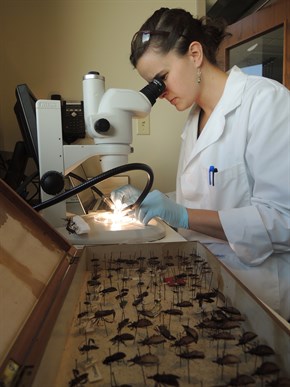
COVID-19 & Pets Research
We are interested in sampling pets (dogs and cats only) that live in homes with confirmed human COVID-19 cases in Brazos County and surrounding areas to learn more about animal exposure and transmission pathways, with the ultimate goal of protecting human and animal health. For more information, visit our COVID-19 & Pets Research page.
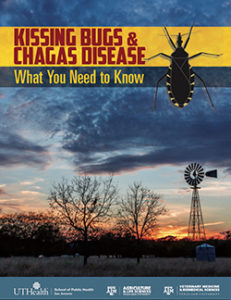
Triatomine Vectors (Kissing Bugs)
Kissing bugs are vectors of the parasite Trypanosoma cruzi, which can cause Chagas disease in humans and other animals. Our lab is interested in understanding the prevalence of T. cruzi infection in kissing bugs, transmission risk to humans and domestic animals, and effects on public health in Texas and the southern U.S. We characterize kissing bug activity patterns, species distributions, blood meal sources, infection prevalence, and parasite strains. In collaboration with the Texas A&M Department of Entomology, our lab’s Kissing Bug Citizen Science program provides educational information and kissing bug testing. (See the new “Kissing Bug Field Guide,” a product of the CDC-funded Chagas Task Force, that is now available at right!) To-date, we have received over 3,000 kissing bugs from the public, which aid in our research efforts. Please learn how to contribute to our research through our Kissing Bug Citizen Science program.
Schubot Center for Avian Health
The Schubot Center for Avian Health is an academic center within the School of Veterinary Medicine & Biomedical Sciences at Texas A&M University in College Station, Texas. Our mission is to conduct research into health issues affecting pet, wild, and exotic birds. This includes not just the physical health of birds, but also their mental health and the health of the environment in which they live. We conduct research into and seek solutions to disease problems involving infections, parasites, genetics and nutrition of a diverse array of wild and captive birds. We are studying the mental health of birds in captivity and investigating the role of stress and training in improving their well-being. We are investigating the behavior and health of wild birds, especially macaws and other parrots in their natural state in the Amazonian rainforests of Peru. Our mission is not restricted to studies on parrots although that is currently our major research focus. We are also investigating disease issues in waterfowl such as ducks, geese, and swans, in songbirds such as zebra finch, in gamebirds such as the Northern bobwhite, and in seabirds such as gulls. We also have a major teaching responsibility. We instruct professional students in the DVM program on avian health and conservation medicine.
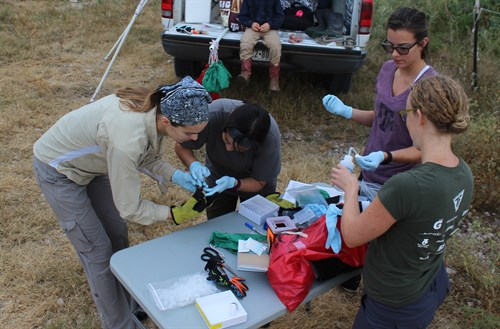
Wildlife Reservoirs of Trypanosoma cruzi
In the United States, T. cruzi is maintained in sylvatic cycles involving a number of wildlife species, with spillover resulting in local transmission to humans, domestic dogs, and non-human primates. The overall goals of this project are to evaluate and compare the T. cruzi reservoir status of wild mammal species in the southern US and to determine associations between host species and parasite discrete typing units that result in variation in clinical disease outcome. In addition to reservoir status, we are investigating the pathology of T. cruzi infection in a number of naturally-infected wildlife species. The lesions of Chagas disease are well-described in humans, non-human primates, and domestic dogs, while pathologic effects in wildlife reservoirs are relatively understudied.
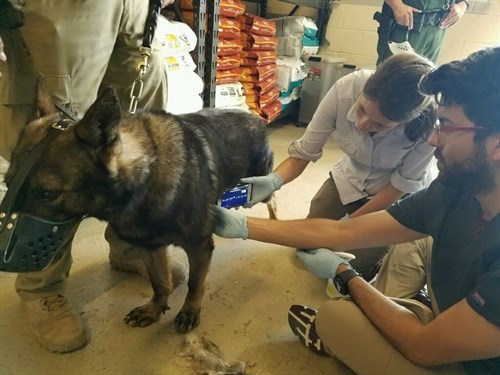
Canine Chagas Disease Epidemiology
Increasing numbers of dogs are diagnosed with Chagas disease across the southern US, with few options for veterinarians and owners to manage infected animals. Many infected dogs may remain asymptomatic for life, whereas others will suffer acute or chronic cardiac disease and death with no ability to predict disease outcome. We are conducting epidemiological, diagnostic, and clinical investigations in diverse dog populations- working dogs, show dogs, hunting dogs, shelter dogs, household pets. Our work aims to provide a basis for the development of recommendations to mitigate the impact of the disease – with the goal of protecting canine and human health.
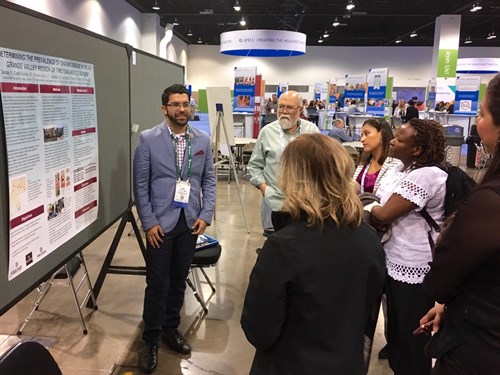
Pathogen Transmission Dynamics in the Colonias
The presence of the causative agent of Chagas disease in vectors, wildlife, and domestic animals in the US suggests that some human populations may be at risk. We are investigating the transmission dynamics of the parasite in under-served and at-risk communities, known as colonias, along the US-Mexico border. We are producing culturally competent education for Hispanic colonia citizens, identifying various risk factors within the colonias, conducting sero-epidemiological assessments in animals and humans of the colonias, and developing interventions.
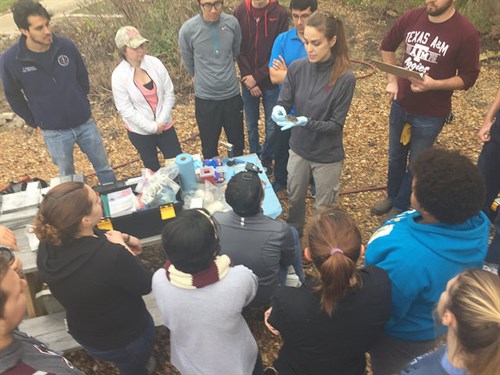
Tick-borne Disease Ecology
We study medically-important tick-borne pathogens including Borrelia (Lyme group and relapsing fever), Rickettsia, and Ehrlichia. Using an ecological approach, we sample locally-important tick and pathogen hosts, including wild rodents, medium-mammals, feral hogs, deer, and birds, to characterize sylvatic transmission cycles and spillover risk to dogs and humans. Additionally, we developed a novel method for learning the blood-feeding patterns of ticks based on the analysis of stable isotope signatures in molted ticks that reflect their prior hosts.
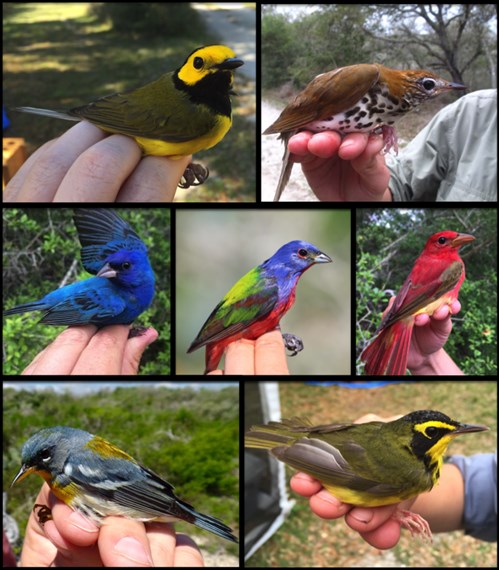
Wild Birds & Pathogen Invasion
Through their migratory and dispersal movements, wild birds can facilitate the importation of vectors and pathogens to geographic regions outside of their endemic focus. We study wild passerine birds to understand if the ticks and pathogens they carry can later establish and spread in new areas. We are currently collaborating with scientists at the Smithsonian Migratory Bird Center to examine northbound migrants arriving at the Texas Gulf coast, and have documented some various neotropical Amylomma and Rickettsia species arriving with the birds. We are also studying soft ticks associated with migratory raptors in the Western US; infestations are often associated with severe clinical disease in the birds.
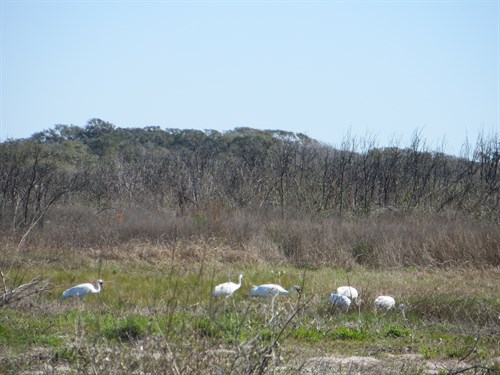
Crane Conservation Medicine
Whooping cranes are an endangered species with under 350 individuals left in a natural migratory population that moves between Wood Buffalo National Park in Canada and the Texas Gulf Coast. With an interest in how parasites may impact crane health, we have sampled whooping cranes and characterized their parasite communities, documenting diverse haemoparasites, coccidia, and helminths. Additionally, because direct sampling of the endangered species is limited, we are working with abundant, related taxa- the sandhill crane- to learn more about potential health risks. More about our crane efforts are featured on the Schubot Center for Avian Health website.

